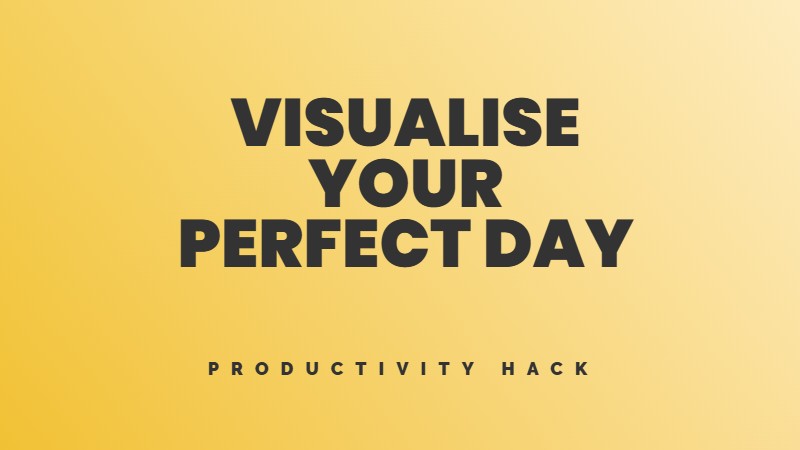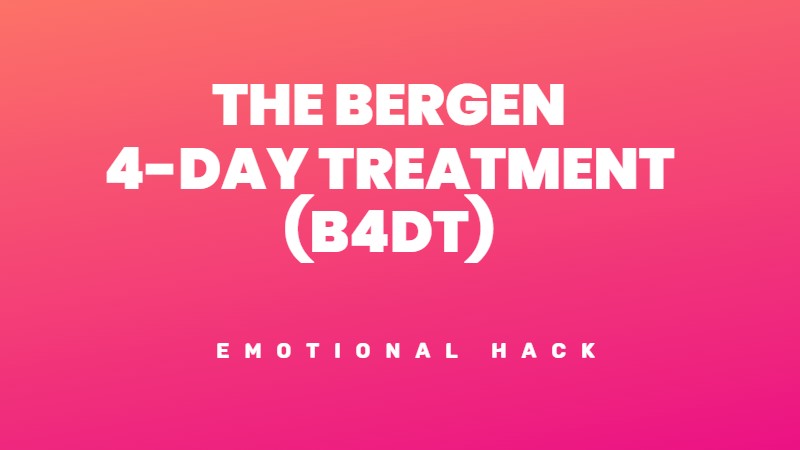Less texting, more hugging. Hugs make you happy. Science says so. Mom says so. Scientific moms say so.
Eric Barker, Barking up the wrong tree
About the Author
Eric Barker, a name that resonates with wisdom and insight, has carved a niche for himself in the realm of success psychology. Born on February 12, 1912, in England, he embarked on a journey that would unravel the mysteries of achievement. While not a physicist like his namesake, Eric Barker’s impact transcends equations and particles.
His magnum opus, “Barking Up the Wrong Tree,” stands as a beacon for those seeking authentic success. This Wall Street Journal bestseller has transcended borders, translated into 19 languages, and sold over half a million copies. Even the venerable game show “Jeopardy!” posed a question about it. But Eric Barker isn’t just an author; he’s a curator of life’s hidden truths.
The Meaning Behind the Quote
In a world awash with texts, tweets, and notifications, Eric Barker’s succinct advice echoes: “Less texting, more hugging.” Hugs—the universal language of warmth and connection—hold a secret. Science, moms, and even scientific moms agree: they make us happy.
Imagine a bustling city street, people hurrying past, eyes glued to screens. Amid this frenzy, a hug unfolds—a moment of pause, of shared humanity. The quote whispers: “Life isn’t in the pixels; it’s in the embrace.” We wait for grand epiphanies, for life to unfurl like a blockbuster movie. Yet, happiness blooms in the simplest gestures—the squeeze of a loved one’s arms, the warmth of a friend’s shoulder.
Science, meticulous in its scrutiny, confirms the magic. Hugs release oxytocin, the “cuddle hormone,” flooding our veins with joy. Moms, those everyday alchemists, know this truth. They cradle infants, mend scraped knees, and whisper bedtime stories. And scientific moms? They study data, peer through microscopes, and nod knowingly.




Leave feedback about this